WASHINGTON, D.C. – U.S. Senator Rand Paul today released the latest edition to ‘The Waste Report,’ an ongoing project cataloging egregious examples of waste within the U.S. government. The latest edition uncovers $218,000 of taxpayer funds spent by the U.S. Department of Defense (DOD) to deal with the invasive feral burros and coyote population at Fort Irwin, Calif., by sterilizing and/or relocating the animals to a separate location.
‘The Waste Report’ can be found HERE or below.
Have you ever left the lid off the garbage can only to find animals got into it the next morning? With trash strewn across the yard, you dialed an exterminator to immediately come out and deal with the pesky critters. Not likely. Instead you became vigilant about keeping the can closed.
Well, the U.S. Department of Defense DOES call the exterminator, or something like it, to deal with the invasive feral burro and coyote population at Fort Irwin, Calif., which costs taxpayers $218,000.[1]
But why is this a new problem for a base that has been in continuous operation for over 60 years?[2] Well, it appears that the coyotes and burros are attracted by humans, on-base, who either feed the animals directly or leave food and trash in the open. The base’s lead wildlife biologist Liana Aker advised in an article just last year, “First, don’t ever feed coyotes [which are often sick with mange]…People feeling sorry for and feeding them is probably our biggest problem here.”[3] Perhaps a cheaper alternative would be for people station at Fort Irwin to stop feeding the animals.
The grant to nearby, as in almost 800 miles away, New Mexico State University (NMSU) calls for such things as, “[e]xamine the effectiveness of various medical procedures (chemical sterilants, surgical sterilization, etc.) to reduce reproduction and recruitment of juvenile animals in the burro population.”[4]
Being that this grant is just for a study, we can assume more spending will follow based on NMSU’s recommendations. And, this is not the first time dealing with the local animal population has cost the taxpayer. Earlier efforts have included a 2009 relocation of about 100 wild burros[5] and a recently revived effort to relocate desert tortoises.[6]
###
[1] Investigation into the Control of Invasive Feral Burro and Coyote Populations on Fort Irwin CA, Department of Defense, Via USASpending.gov. Award number W9132T1520001; February 2015
[2] Fort Irwin History http://www.irwin.army.mil/Pages/VisitorsTab/FtIrwinHistory.html
[3] DESERT DENIZEN: The Coyote, Iconic symbol of the Wild Southwest or Overpopulated Nuisance?, Aker, Liana; Ozawa, Leslie; Army.mil. August 2014, Accessed July 2015: http://www.army.mil/article/131951/
[4] Investigation into the Control of Invasive Feral Burro and Coyote Populations on Fort Irwin CA, Department of Defense, Via USASpending.gov. Award number W9132T1520001; February 2015
[5] Pesky burros to be removed from SoCal desert base, Inland Daily Bulletin; Ontario, CA; July 2009
[6] Danelski, David; FORT IRWIN: Relocation of desert tortoises OK to resume, The Press Enterprise; Riverside, CA; May 2012
